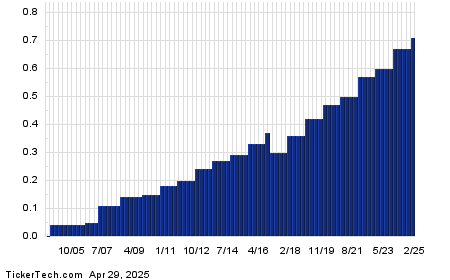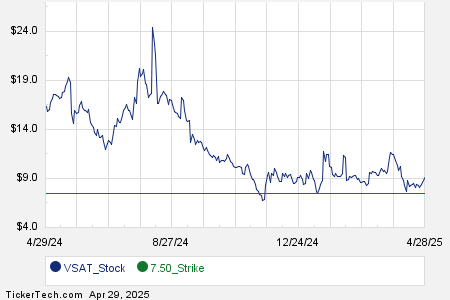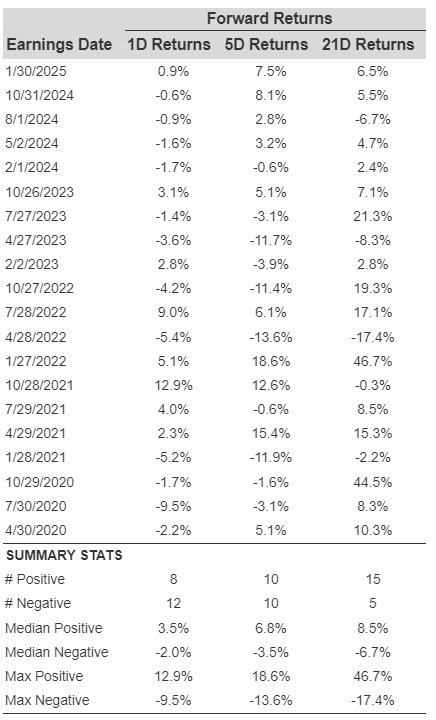Understanding Required Minimum Distributions and Your Options
Are you fortunate enough not to need to withdraw from your retirement account this year? If so, congratulations! You have several options for this money whenever you receive it. Here’s a closer look at four top choices that may suit your needs.
Understanding Required Minimum Distributions (RMDs)
Required minimum distributions (RMDs) are taxable withdrawals mandated by the IRS from most types of individual retirement accounts (IRAs). Roth IRAs are an exception since contributions to these accounts aren’t tax-deductible, and distributions from them aren’t taxed, regardless of timing.
The minimum withdrawal percentage is based on the previous year’s ending balance of your non-Roth IRA accounts, and it increases as you age. For instance, the first RMD at age 73 is approximately 3.77% of the prior year’s balance. At age 85, the required distribution rises to around 6.25%, and by age 100, it can be about 15.62%.
Your IRA’s custodian or brokerage can assist in determining your required distribution. Note, you do not have to withdraw the RMD from every IRA you own; the IRS mandates that the total required amount be withdrawn in a tax year.
While your RMD is fixed, you can choose to take more than the minimum. However, keep in mind that larger withdrawals are taxed as income, potentially pushing you into a higher tax bracket.
1. Keep it as Cash
Most individuals take RMDs as cash. If you prefer, you can hold onto this cash until you determine how to use it effectively.
Be strategic about growing this cash. Many traditional checking or savings accounts offer low returns, significantly below current inflation rates. In contrast, several online banks and brokers pay interest rates between 4% and 5% on idle cash.
Just remember to provide your broker or bank with specific instructions for buying into money market funds. Transactions usually process within one business day, making it worthwhile considering this option.
2. Reinvest in a Taxable Account
If you’re looking to invest your RMD, you can do so in a taxable account. This is an opportunity to diversify your investment strategy.
Examine your overall portfolio. If you find yourself heavily invested in tech stocks, this could be a good chance to balance your portfolio by investing in different sectors, such as value stocks or international markets.

Image source: Getty Images.
Keep in mind that any income generated from these investments will be taxable. If you want to minimize tax liability, consider selecting investments that typically do not incur taxes until you choose to sell them.
3. Charitable Donations
If you don’t need your RMD and foresee no need in the future, donating to a charity is a viable option. Such donations can be tax-deductible, which may offset the tax burden of taking your RMD.
For larger distributions, consider a qualified charitable distribution (QCD). A QCD allows you to transfer money directly from your IRA to a charity, avoiding it becoming a taxable event. Individuals can donate up to $108,000 this year, while married couples can potentially double that amount when filing jointly.
4. Cover Roth Conversion Taxes
Finally, if you wish to eliminate RMD concerns, consider converting some or all of your retirement savings to a Roth IRA. This will incur taxes, but it may be preferable for future withdrawals.
The amount you convert is fully taxable in the year of conversion. You can use part of your RMD to help cover tax expenses, although be cautious, as this could affect your taxable income.
It’s unlikely that one year’s RMD will cover the tax bill for converting all your IRA funds to a Roth, and such a conversion could elevate you to a higher tax bracket. Many individuals choose to convert gradually, using available cash to manage tax impacts effectively.
Make sure to familiarize yourself with the “five-year” rules related to Roth conversions, as there may be eligibility concerns or penalties involved. Still, this avenue is worth considering for those aiming for long-term financial strategy improvements.
Maximizing Social Security Benefits
You may also want to explore lesser-known “Social Security secrets” to boost your retirement income significantly. Implementing these strategies can lead to a more secure retirement.
Understanding how to maximize your Social Security benefits may allow you to retire with greater financial confidence.
The views and opinions expressed herein are those of the author and do not necessarily reflect those of Nasdaq, Inc.



